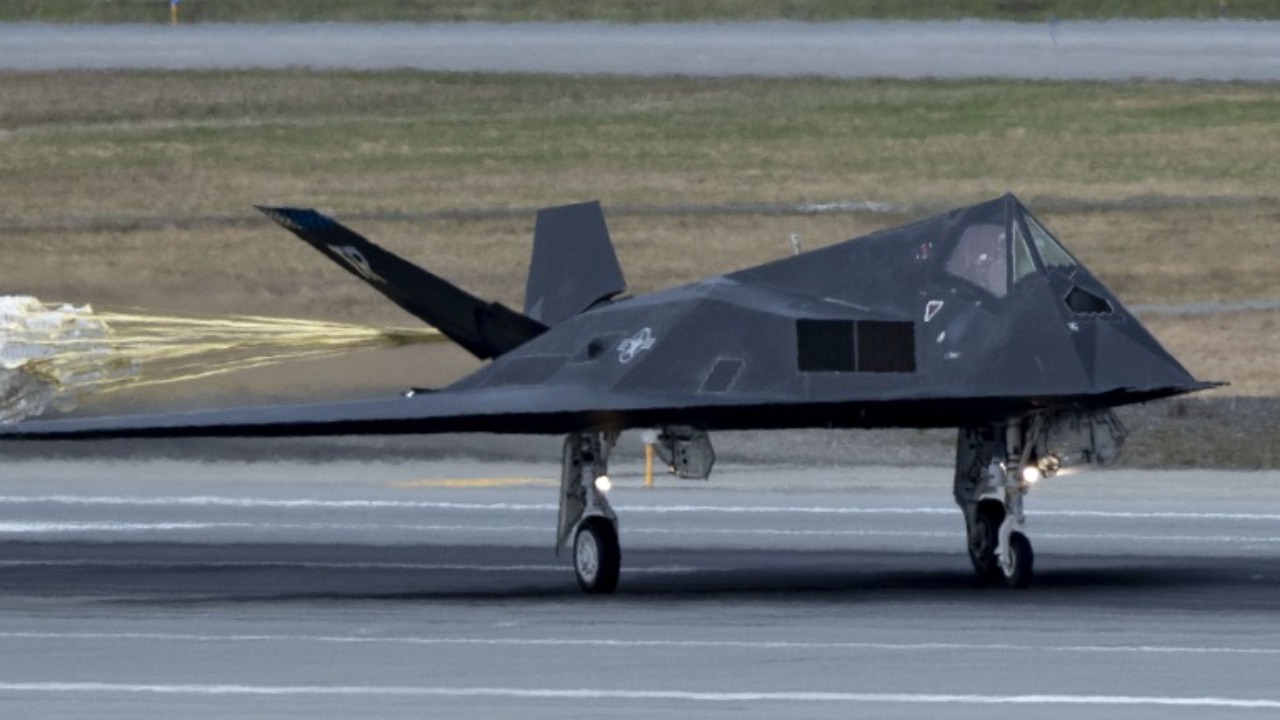
In the shadows of aviation, secret jets operate beyond public scrutiny, showcasing cutting-edge technology and strategic stealth. These covert aircraft result from significant investment and innovation, designed to execute missions demanding the utmost confidentiality. Delving into the enigmatic world of secret jets reveals their history, technological advancements, and the geopolitical implications of their existence.
The Evolution of Secret Jets
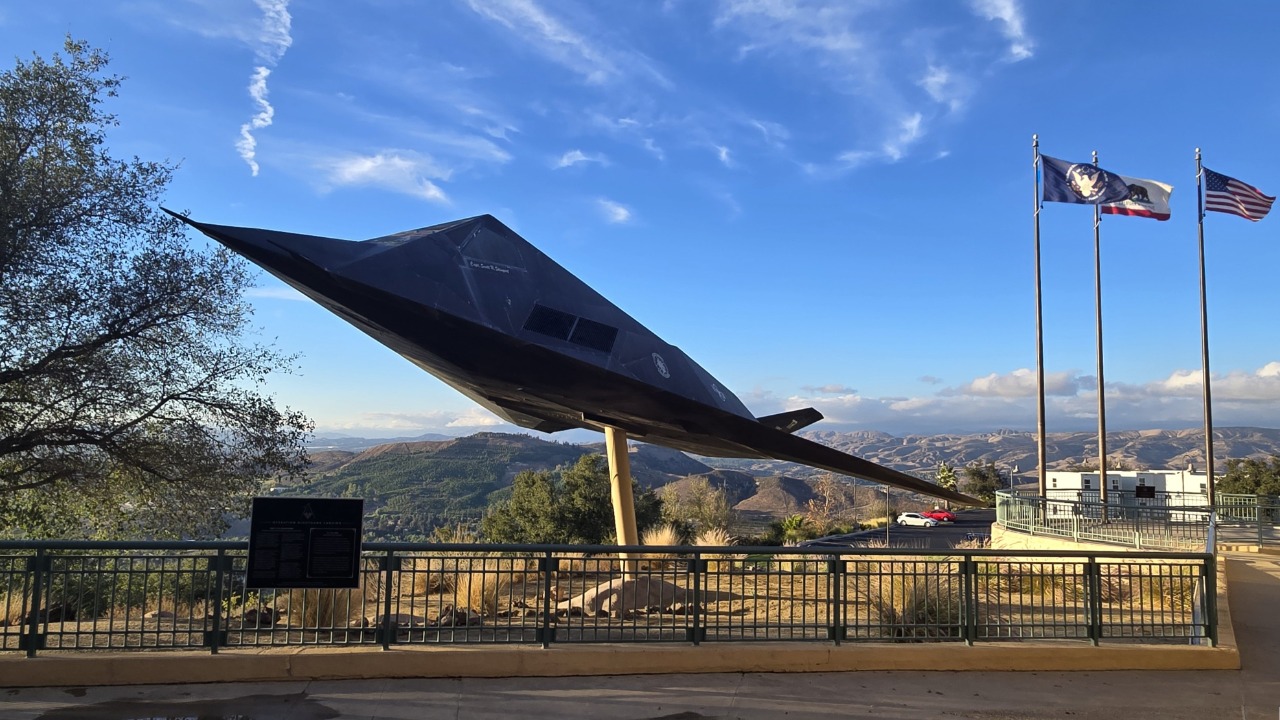
Stealth technology’s roots trace back to the Cold War era, a time when geopolitical tensions fueled rapid advancements in aviation. During this period, both the United States and the Soviet Union invested heavily in developing aircraft that could evade radar detection. The introduction of the iconic F-117 Nighthawk marked a significant milestone in stealth technology, showcasing the effectiveness of radar-absorbing materials and unique design in minimizing detection.
As global tensions shifted and new threats emerged, the evolution of secret jets continued. The advancements in stealth technology were not only driven by military needs but also by the desire to maintain geopolitical dominance. The development of these aircraft reflected the ongoing arms race and underscored the strategic importance of maintaining a technological edge in covert aviation capabilities.
Technological Marvels Behind the Veil
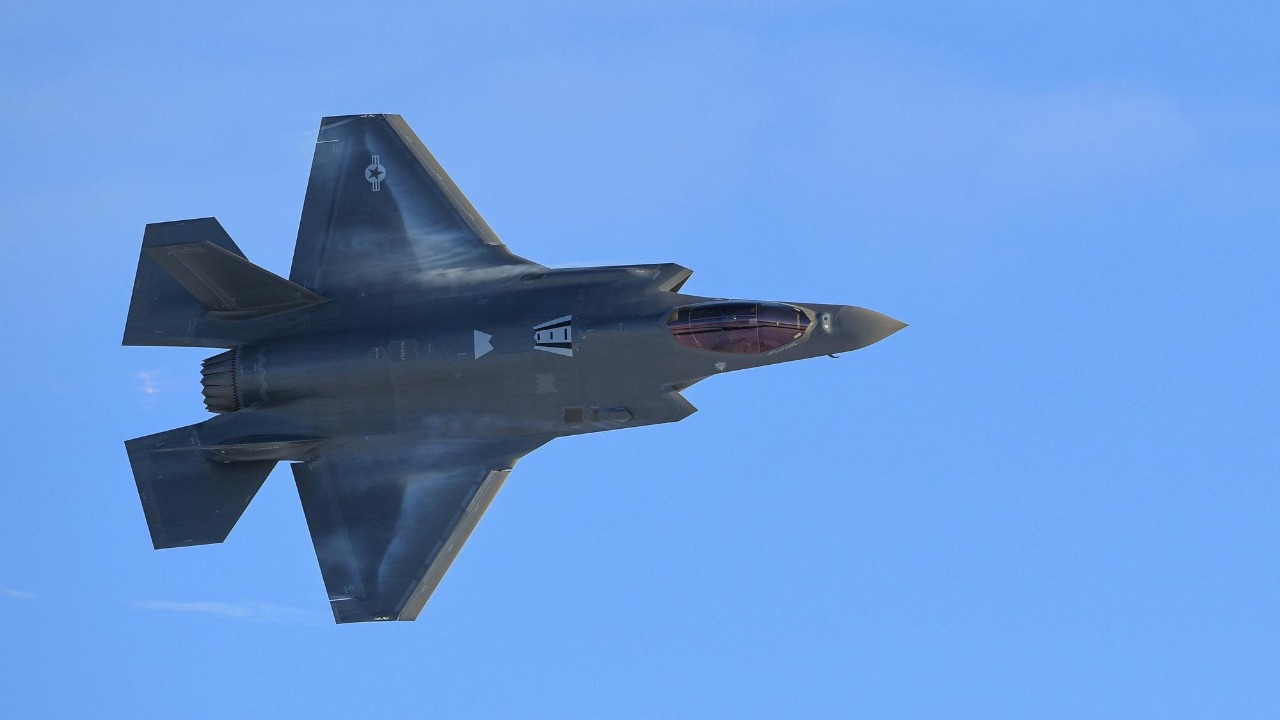
At the heart of stealth capabilities are advanced materials, particularly radar-absorbing composites that reduce an aircraft’s radar cross-section. These materials are engineered to absorb and deflect radar waves, making the jets nearly invisible to detection systems. The continuous innovation in material science plays a crucial role in maintaining the effectiveness of stealth technology.
Modern stealth jets are equipped with cutting-edge avionics systems that enhance mission success. These systems provide pilots with real-time data and advanced navigation capabilities, allowing for precise operations in hostile territories. Additionally, innovations in propulsion technology have led to the development of quieter, more efficient engines, further enhancing the stealth attributes of these jet fighters.
Global Players in the Secret Jet Arena
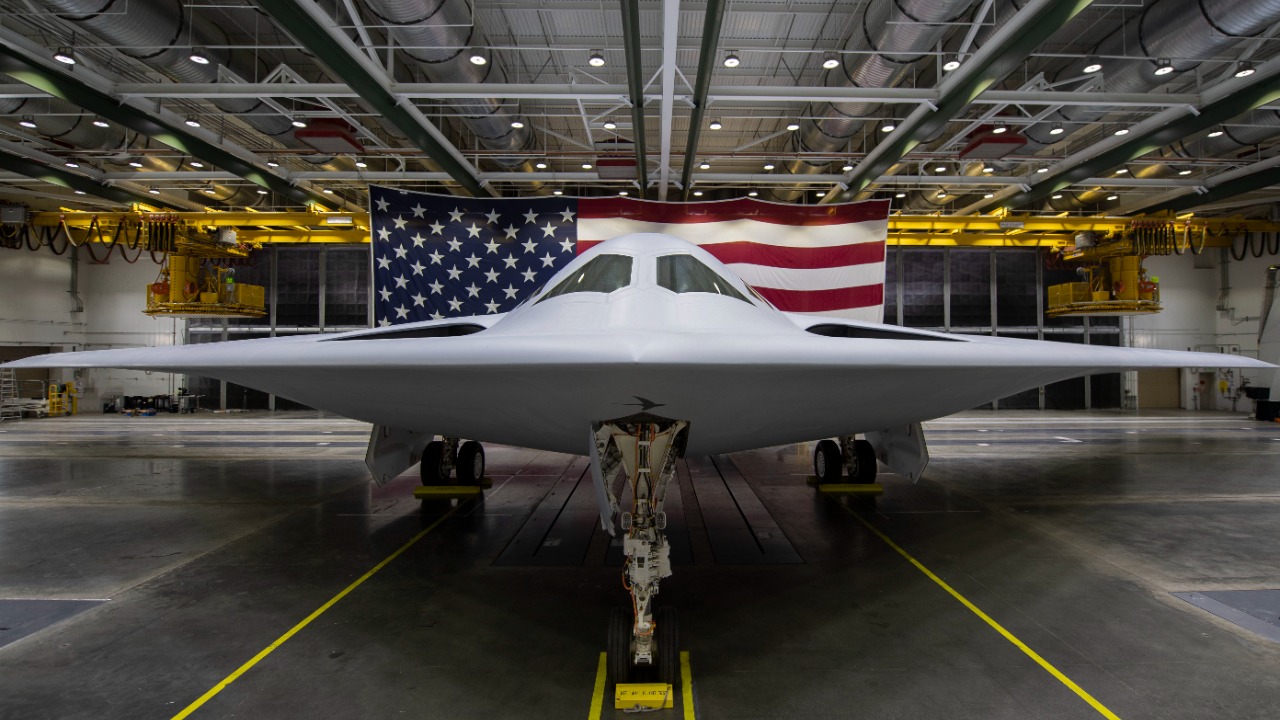
The United States has long been at the forefront of stealth technology, boasting a fleet of classified aircraft that remain shrouded in secrecy. The U.S. military’s investment in research and development has resulted in some of the most advanced stealth jets in existence. However, other nations are rapidly closing the gap, with Russia and China emerging as significant players in the development of secret jets.
International collaborations and rivalries further complicate the secret jet landscape. Countries often engage in partnerships to share technology and expertise, yet the competitive nature of military advancements can lead to tensions. The race to develop superior stealth capabilities highlights the high-stakes environment of modern warfare and the critical role that secret jets play in global security.
The Strategic Importance of Stealth Jets
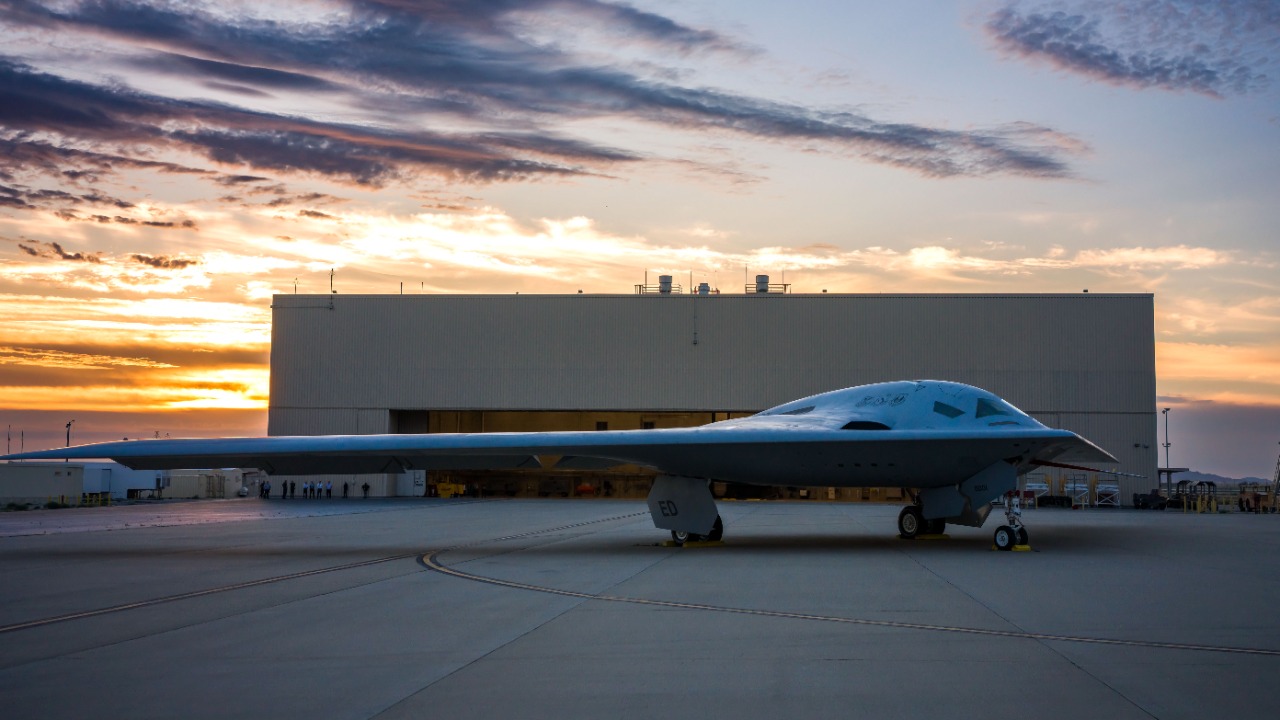
Stealth jets are indispensable in modern warfare and intelligence operations, providing strategic advantages that conventional aircraft cannot match. Their ability to evade radar detection makes them ideal for surveillance and reconnaissance missions, where gathering critical information without detection is paramount. These jets play a pivotal role in maintaining national security and executing covert operations.
Beyond military applications, stealth technology significantly impacts international relations. The presence of stealth jets serves as a deterrent, influencing diplomatic negotiations and power dynamics. As nations strive for technological superiority, the existence of these aircraft underscores the delicate balance between deterrence and diplomacy on the global stage.
Ethical and Economic Considerations
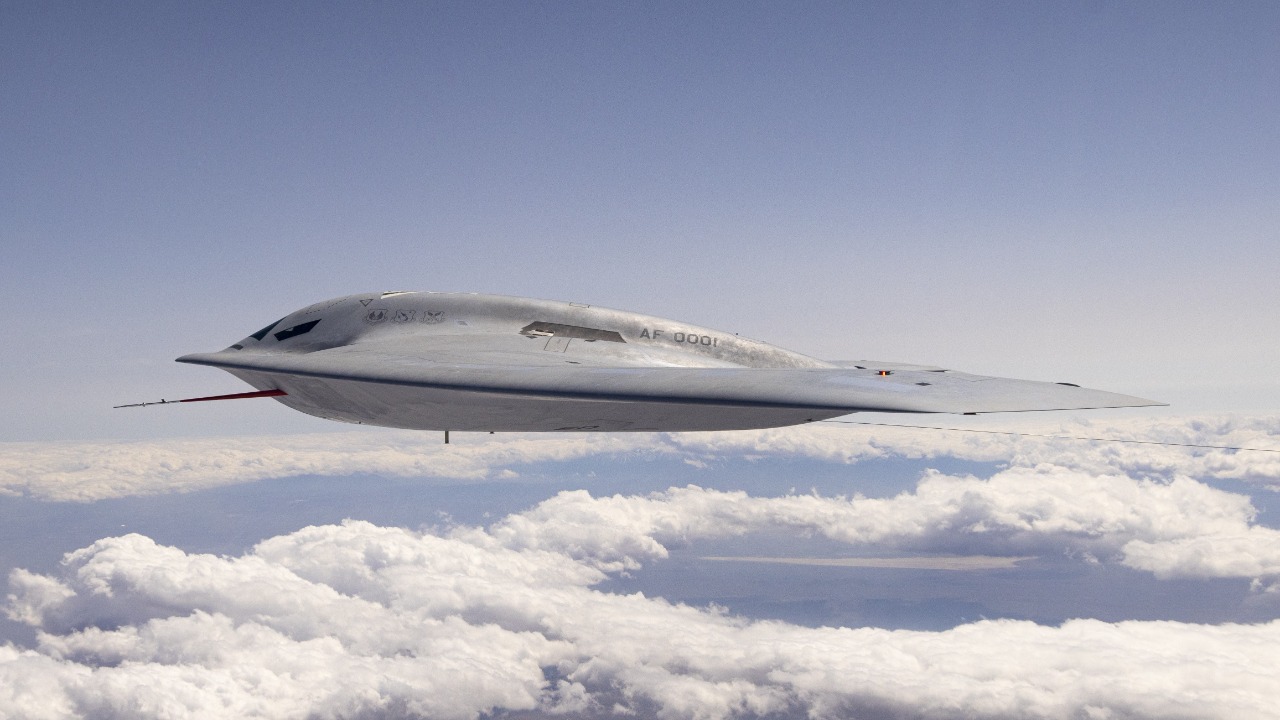
The development and maintenance of secret jets come with a substantial financial burden. The intricate research and cutting-edge technology required for these aircraft demand significant investment. While the cost is often justified by the strategic advantages gained, it raises questions about the allocation of resources and the economic implications of maintaining a fleet of secret jets. Ethical dilemmas arise when balancing national security with transparency and accountability. The secrecy surrounding these aircraft can lead to public skepticism and calls for increased oversight. As technology continues to advance, the future of secret aviation presents speculations on emerging technologies and their implications for global security, highlighting the need for ongoing ethical considerations in the realm of covert aviation.